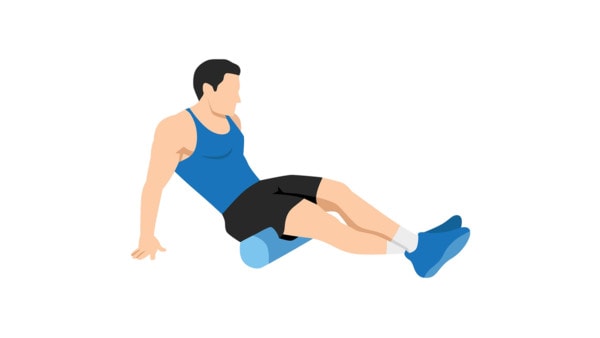Hamstring Roller? It’s Not Your Hamstrings but Your Back…

Lio Putra/Shutterstock
I was at the gym last week watching people use a hamstring roller. What’s that? It’s a foam roller used to roll out and massage tight hamstring muscles. The problem is that according to one study, it didn’t work. Why?
I’d like to explain by using myself as an example. My back has been a little “tweaky” since my time at Hospital for Special Surgery two weeks ago, where I was in heavy lead for most of the day watching interventional spine cases with one of their docs. Sitting at the computer today, I turned suddenly to the right to watch a touch down on TV and felt a twinge in my low back on the left. After that my left hamstring became tight. Do I need a foam roller? No. I tweaked my left S1 low back nerve which goes to the hamstring, but my back doesn’t really hurt much. Shouldn’t my back hurt if the nerve I tweaked is in the low back? No, because this nerve supplies the hamstring, so anything that happens to this nerve will be felt there and in the lower foot.
So those folks at the gym rolling their hearts out? Take this 5 Minute Orthopedics 2.0 Symmetry Test Now! Muscles are chronically tight either because of bio mechanical problems (you’re moving wrong) or irritated nerves. While a foam roller might be an easy quick fix, it’s also avoiding the real problem and preventing that issue from being addressed!

If you have questions or comments about this blog post, please email us at [email protected]
NOTE: This blog post provides general information to help the reader better understand regenerative medicine, musculoskeletal health, and related subjects. All content provided in this blog, website, or any linked materials, including text, graphics, images, patient profiles, outcomes, and information, are not intended and should not be considered or used as a substitute for medical advice, diagnosis, or treatment. Please always consult with a professional and certified healthcare provider to discuss if a treatment is right for you.